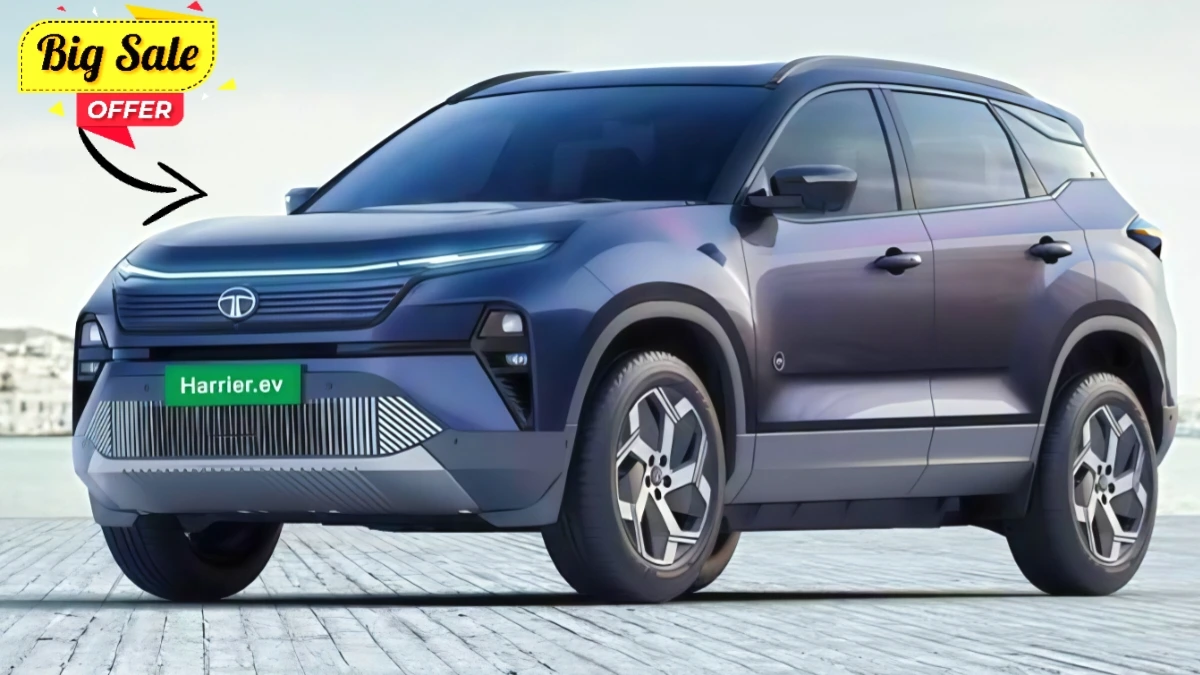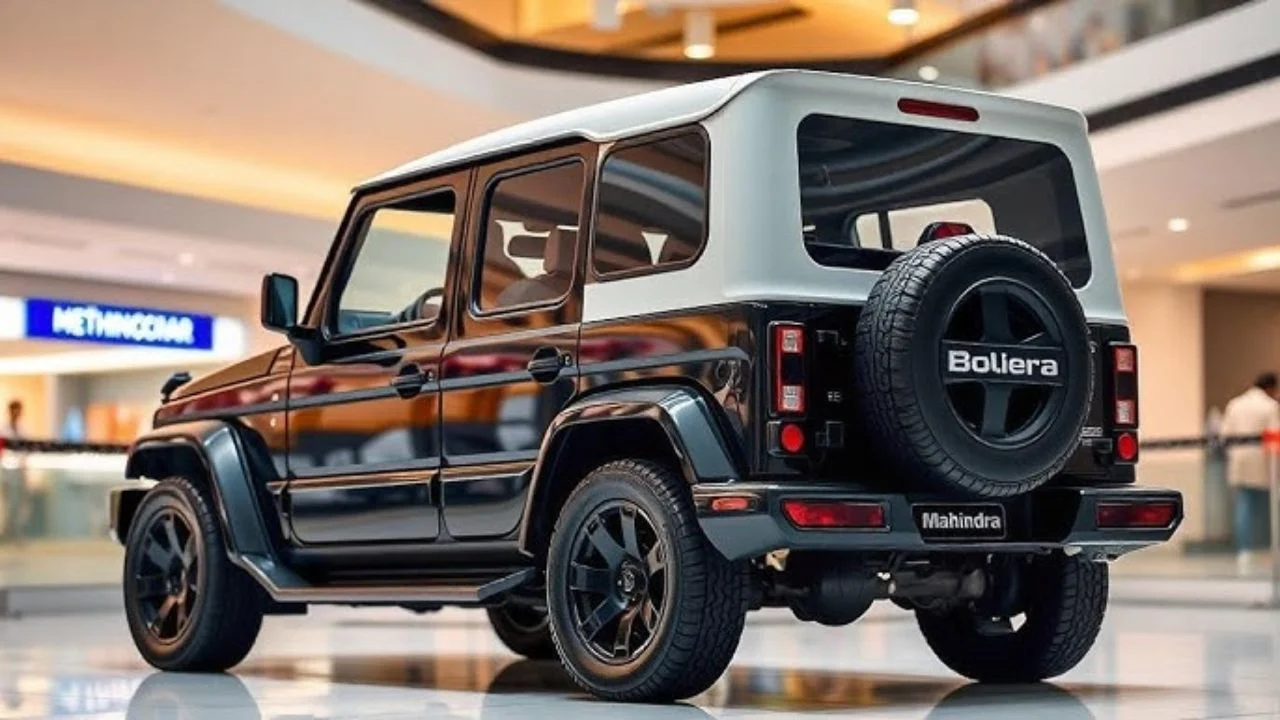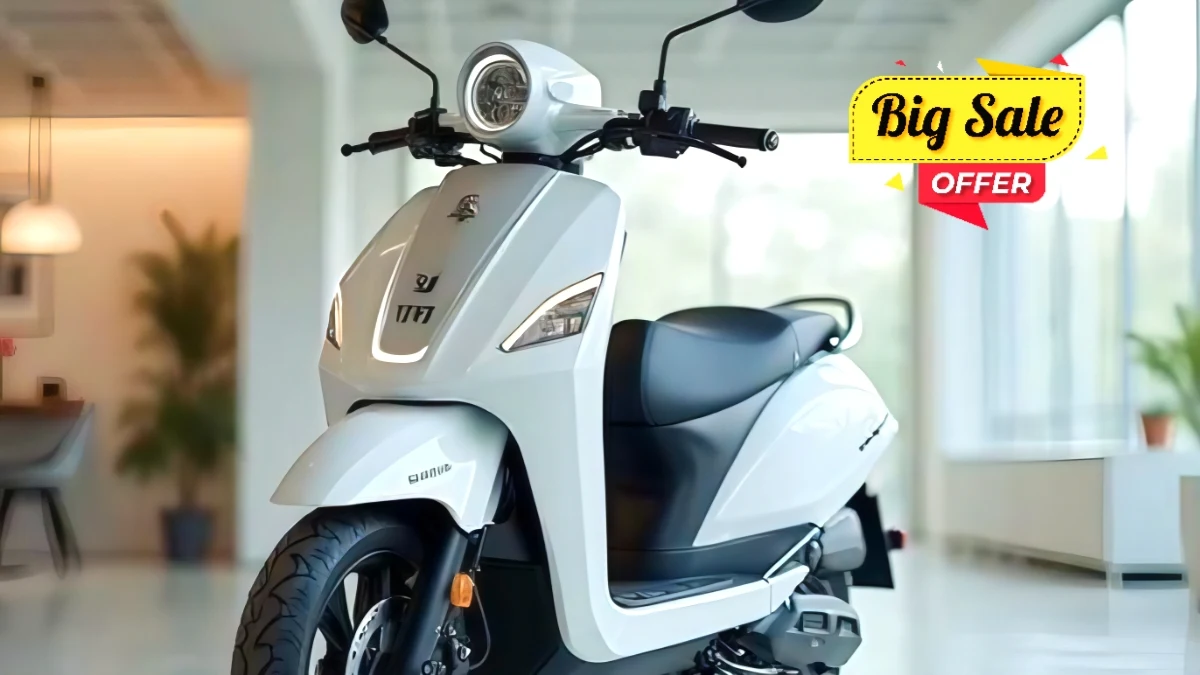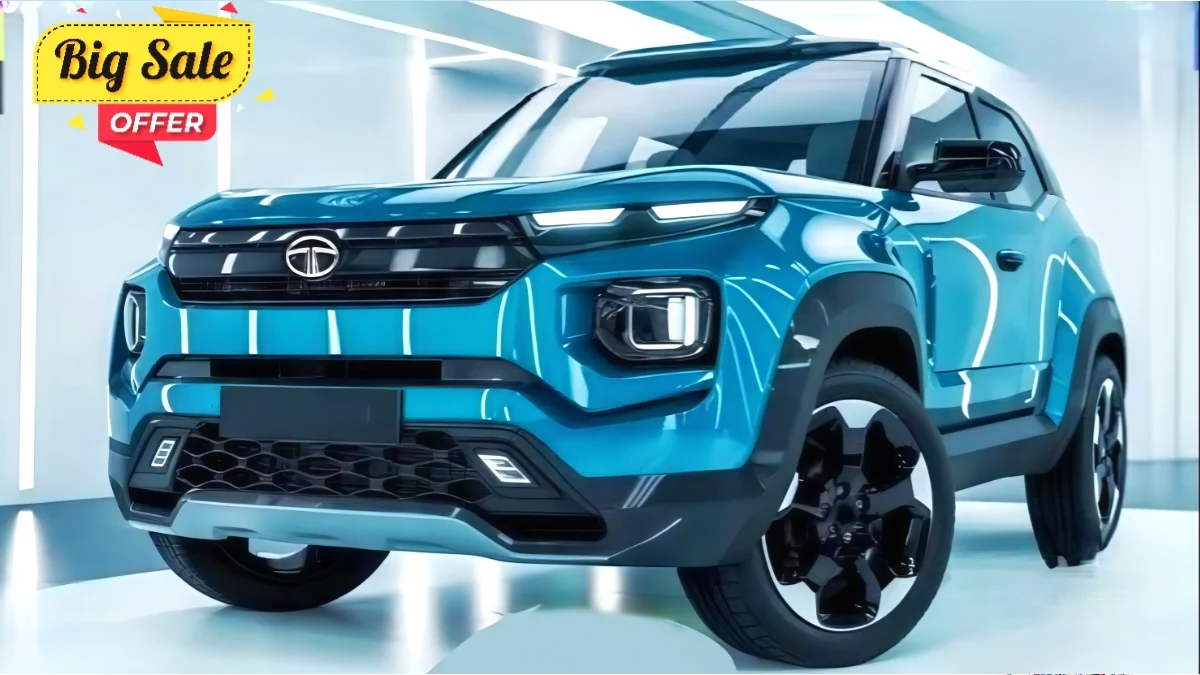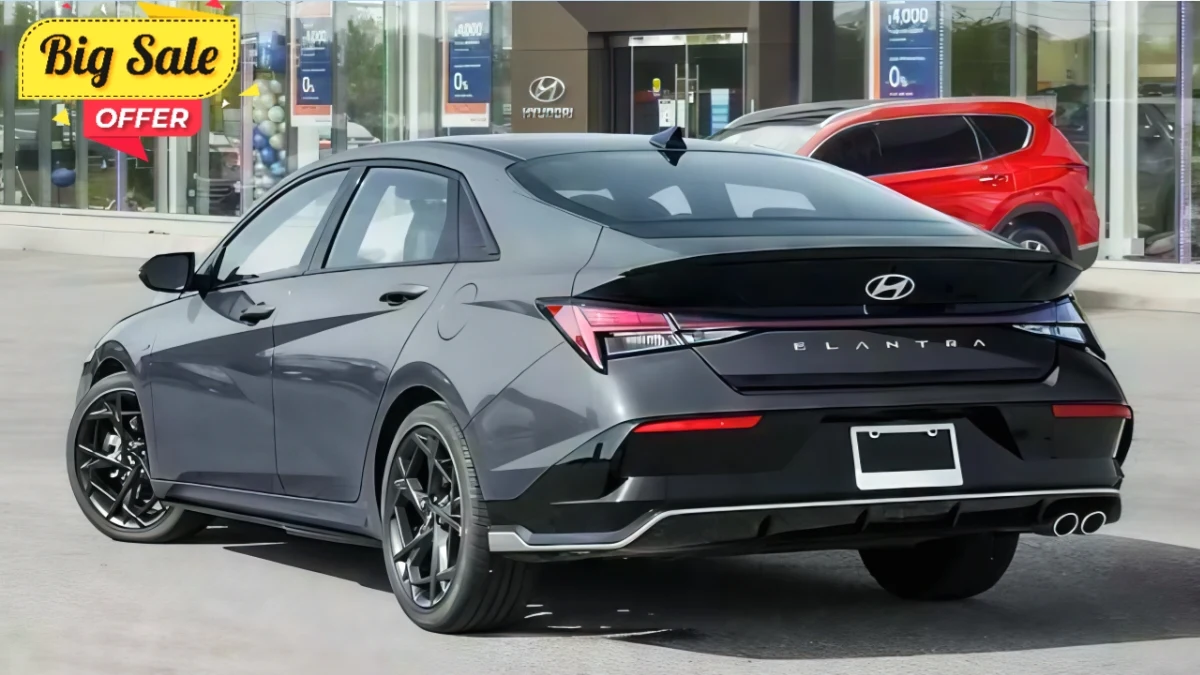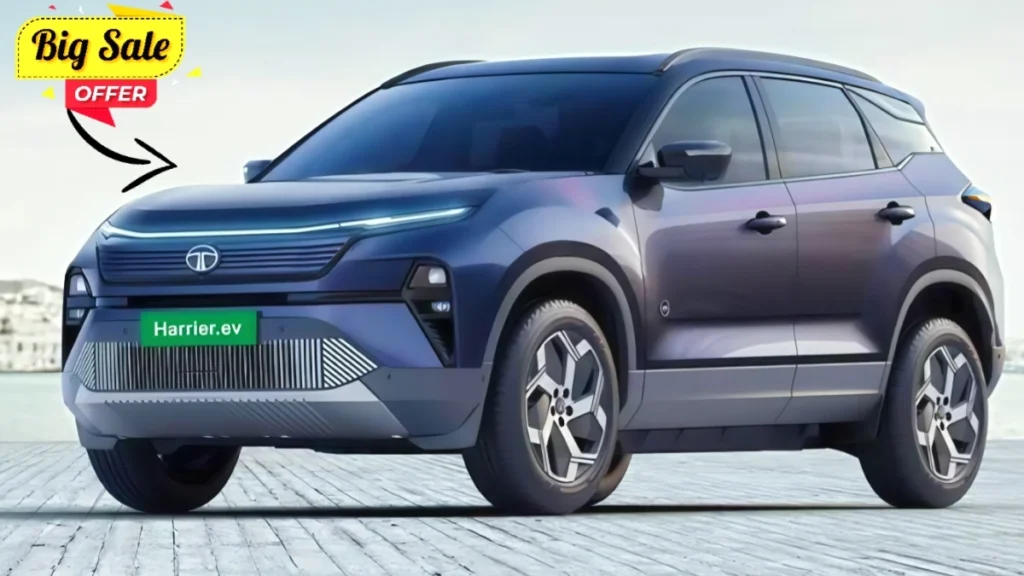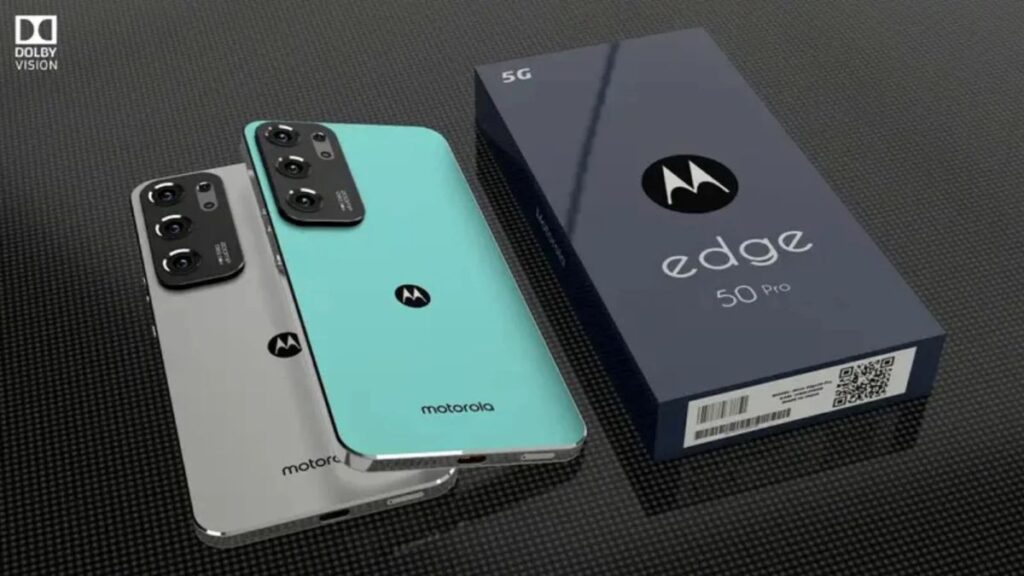Tata Motors is gearing up to make a significant entry into the premium electric vehicle market with its 2025 Tata Harrier EV. This electric SUV maintains the commanding road presence of its gasoline counterpart but introduces a distinct modern electric identity. The SUV is set to deliver an impressive range of over 500 km, alongside futuristic aesthetics and a high-tech interior. It’s engineered to meet global standards while also catering to the specific needs of Indian roads. Tata plans for its official launch by late 2025.
Table of Contents
Futuristic Design Meets Bold Exterior
The Harrier EV boasts a comprehensive design overhaul while staying true to its SUV essence. A full-width LED light bar and a closed-off grille characterize the front. Its coupe-like roofline and aerodynamically optimized alloy wheels enhance both airflow and efficiency. A connected tail lamp setup gives the rear a contemporary appeal. Dual-tone color options, such as Arctic Blue, further amplify its futuristic presence.
Premium EV Experience Inside the Cabin
Inside, the cabin features a minimalist yet luxurious design, conceived with electric mobility in mind. It includes vegan leather seats and sophisticated ambient lighting throughout. A prominent floating 12.3-inch infotainment system dominates the dashboard. The rear seating area benefits from a flat floor, thanks to the absence of a transmission tunnel. Five adults can travel comfortably, whether in the city or on highways.
Smart and Connected EV Features for Driving
The dashboard integrates a 10.25-inch digital instrument cluster providing real-time driving information. Climate controls are touch-sensitive with haptic feedback for improved usability. Tata’s latest EV user interface ensures easy access to key functions and various driving modes. It supports wireless Android Auto and Apple CarPlay. A 360-degree camera and a powered tailgate contribute to daily convenience.
Powerful AWD System Tailored for Indian Roads
The Harrier EV will mark Tata’s first electric SUV to feature a dual-motor all-wheel-drive system. It utilizes Tata’s Gen2 EV architecture for enhanced performance capabilities. Power output is anticipated to be around 300 PS, ensuring robust on-road performance. Terrain modes and instant torque assist in navigating various road conditions. The system provides high traction for secure and confident driving.
Over 500 KM Range with Rapid Charging
A battery pack ranging from 60–70 kWh will power the Harrier EV, offering a projected range of over 500 km. The SUV supports 150 kW fast charging, enabling a 0–80% charge in approximately 35 minutes. It also accommodates home AC charging and advanced technologies like Vehicle-to-Load (V2L) and Vehicle-to-Vehicle (V2V) charging. Regenerative braking comes with multiple levels for efficient energy recovery. This setup aims to provide worry-free long-distance travel.
Advanced Safety Features Including ADAS
Tata is incorporating ADAS Level 2 technology to significantly enhance driving safety. Features include adaptive cruise control, lane assist, and emergency braking. Blind spot detection and high beam assist improve overall visibility and awareness. These work in conjunction with six airbags, ESP (Electronic Stability Program), and hill descent control. The platform is reinforced to protect the battery and ensure overall crash safety.
Built on the Proven OmegaArc Platform
The Harrier EV is based on Tata’s modified OmegaArc platform, which has been adapted for electric vehicle use. The chassis is strengthened to support the battery and dual-motor configuration. An electronic parking brake with an auto-hold function is included for added convenience. ISOFIX mounts and TPMS (Tyre Pressure Monitoring System) make the SUV family-friendly and reliable. Tata also provides live vehicle alerts via the ZConnect app.
Price Range and Launch Schedule
The Tata Harrier EV is expected to debut across India in late 2025. Pricing is likely to fall between ₹27 lakh and ₹32 lakh, depending on the variant. It will be positioned as a premium offering, above the Nexon EV. Buyers can anticipate multiple trim levels and various financing options. Bookings are expected to commence closer to the launch date.
Competing in the Premium EV Market
The Harrier EV will face competition from models like the MG ZS EV, BYD Atto 3, and Hyundai Kona. It will also rival Mahindra’s upcoming XUV.e8 in the same segment. However, none of these competitors currently offer AWD, V2L/V2V, and full ADAS features at this price point. Tata aims to deliver superior value through its feature set and extended range, giving the Harrier EV a strong competitive advantage in India.
Disclaimer: This article is for general informational purposes only. Specifications, features, prices, and availability of the vehicle may change over time. Please confirm details from the official Tata Motors website or an authorized dealership before making any purchase. The author is not responsible for any changes or financial decisions made based on the content herein.
